@david-farkas
active 2 years ago-
David Farkas wrote a new post, Adobe Lightroom CC 2015.9 and Camera Raw 9.9 Updates Released with Leica M10 Support 8 years, 9 months ago
Today, Adobe released updates for both Lightroom CC and Camera Raw. In the release notes, Adobe notes that the Leica M10 has been added to the list of supported cameras. This is a bit confusing, as […]
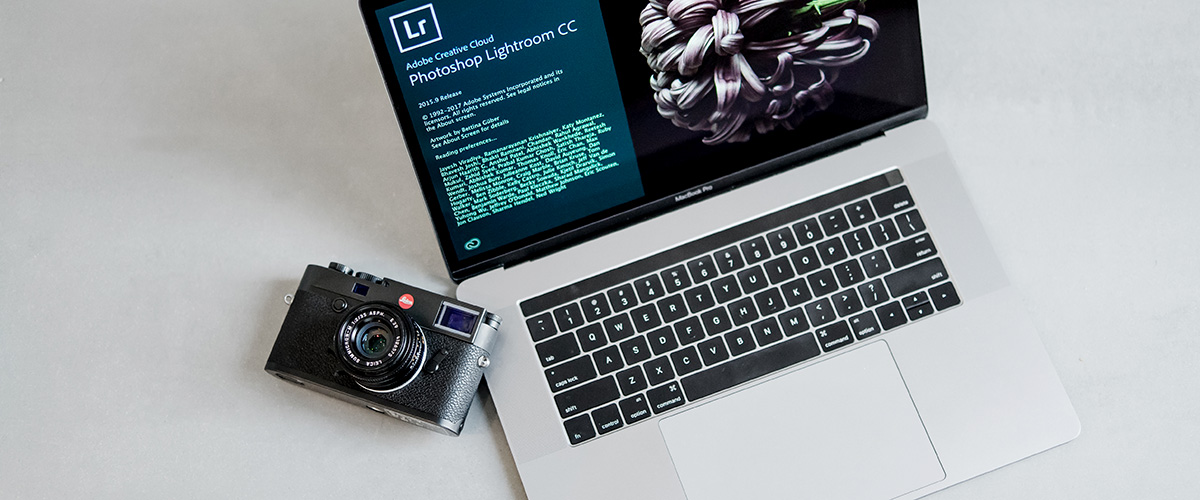
-
David Farkas commented on the post, Shooting the “New” Leica 28mm Summaron-M in Little Havana 8 years, 9 months ago
In reply to: Luis Mora wrote a new post, Shooting the "New" Leica 28mm Summaron-M in Little Havana Ever since Leica announced that they were reissuing the 28mm Summaron-M, I could’t wait to get my hands on one. I love classic Leica glass. The feel of the images. The vintage styling on the front of my M. The c […] https://youtu.be/ryBtnQZfUvs ViewScott
This video was shot in L-Log, but all of my Photokina reporting was done without shooting in Log. Log gives you more ability to adjust your look later and gives more flexibility in the files.
I apply a LUT in Premiere Pro CC in the Lumetri Color controls. For past videos, I've created my own 3D LUT in Davinci Resolve by using a Datacolor…[Read more]
-
David Farkas commented on the post, Leica SL (Typ 601) Review: A Professional Mirrorless Camera 8 years, 9 months ago
In reply to: David Farkas wrote a new post, Leica SL (Typ 601) Review: A Professional Mirrorless Camera I sat in my hotel room in Gießen, Germany staring at my laptop screen as night began to turn back to day. Earlier in the evening, I attended the launch event at Leitz Park for the new Leica SL (Typ 601) and was […]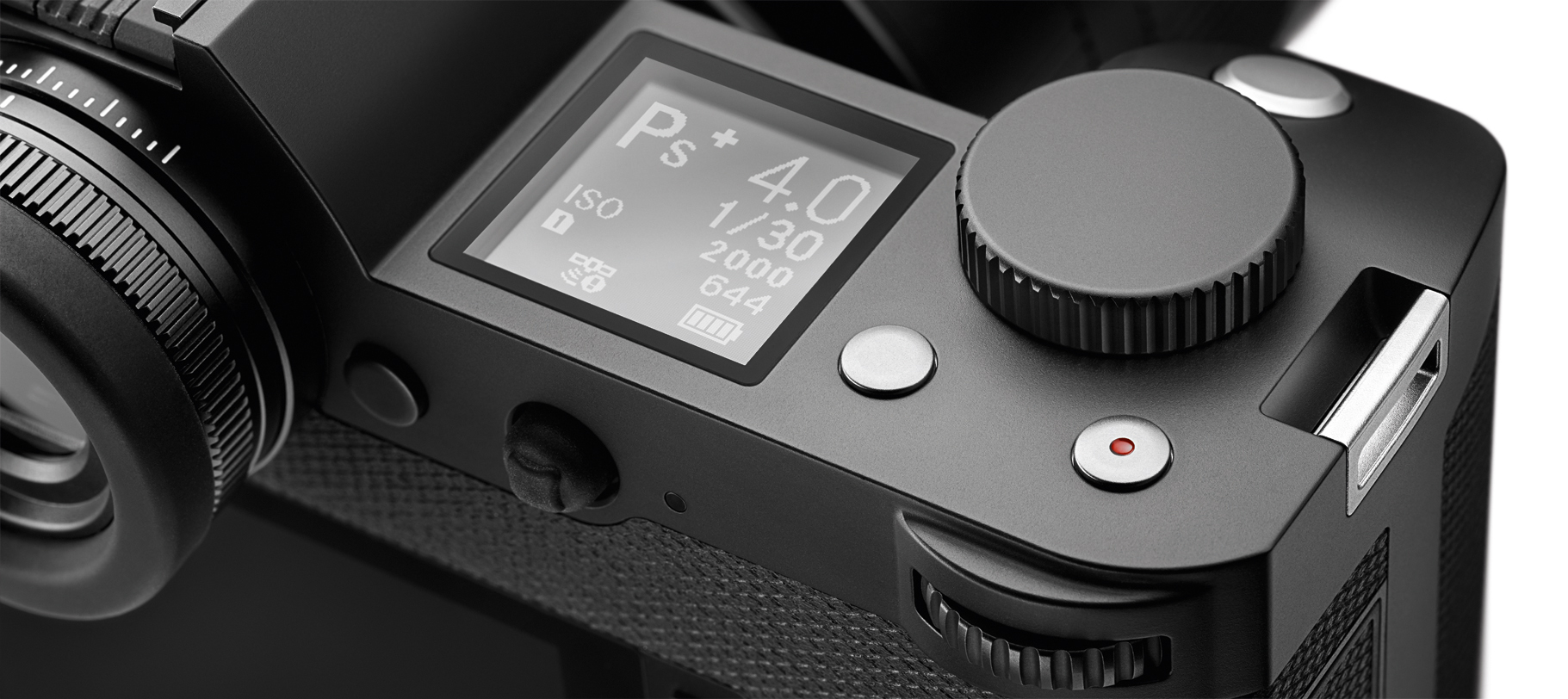 View
View
Simon,
The SL can certainly be used in a studio environment. But you are correct that that you need to turn off exposure simulation so that you don't get a black frame with typical strobe settings. To disable Exposure Preview, just go to the second page of the camera menu and set Exp. Preview to Off. Hope this helps.
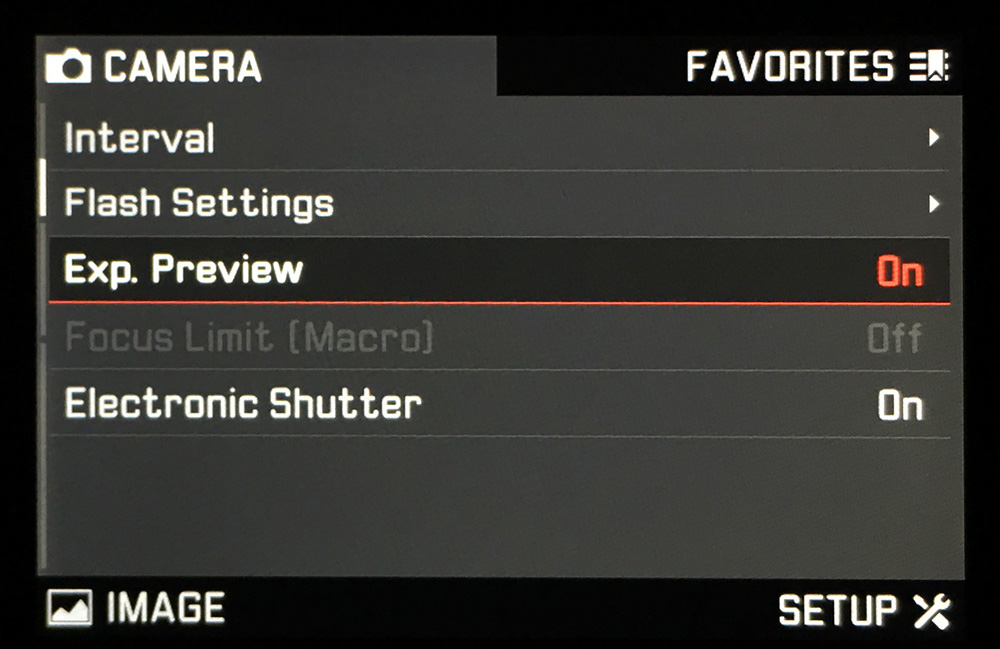
-
David Farkas commented on the post, Leica M10 Review: The Quintessential Digital M 8 years, 9 months ago
In reply to: David Farkas wrote a new post, Leica M10 Review: The Quintessential Digital M The Leica M10 might be the most ‘analog’ digital M yet. And perhaps the most faithful to the M lineage. This should come as no surprise to anyone who has followed Leica’s journey into digital photography over […]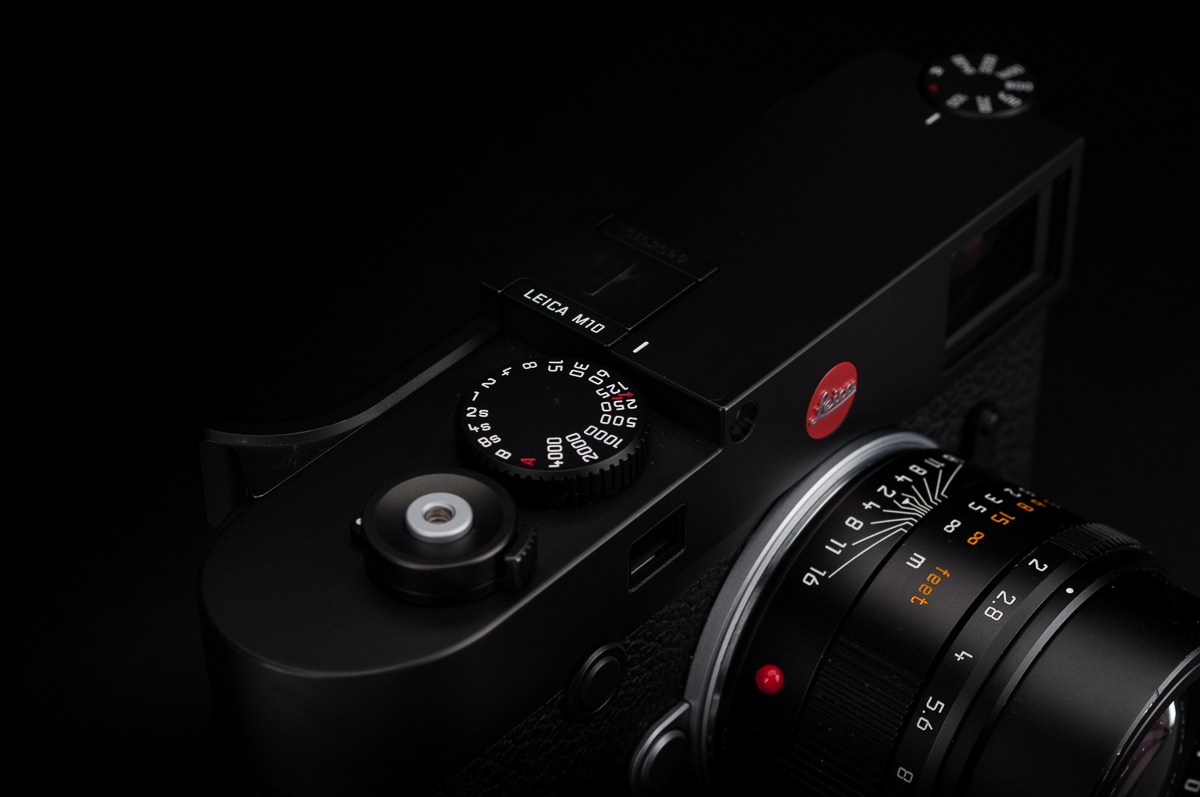 View
View
Sorry. The oldest 50 Cron in the manual selection menu is a version III, model 11817, introduced in 1969. Honestly, I don't think the lens corrections would be much different between this and a version II.
-
David Farkas commented on the post, Leica M10 Review: The Quintessential Digital M 8 years, 9 months ago
In reply to: David Farkas wrote a new post, Leica M10 Review: The Quintessential Digital M The Leica M10 might be the most ‘analog’ digital M yet. And perhaps the most faithful to the M lineage. This should come as no surprise to anyone who has followed Leica’s journey into digital photography over […] View
View
I'd have to check to see if additional lenses were added. My main point for improved 6-bit coding was to say that if you had a manual code selected for a non-6-bit coded lens then changed to a modern 6-bit lens, the camera will automatically assign the correct profile even though you might have forgotten to change from Manual to Auto.
-
David Farkas commented on the post, Leica M10 Review: The Quintessential Digital M 8 years, 9 months ago
In reply to: David Farkas wrote a new post, Leica M10 Review: The Quintessential Digital M The Leica M10 might be the most ‘analog’ digital M yet. And perhaps the most faithful to the M lineage. This should come as no surprise to anyone who has followed Leica’s journey into digital photography over […] View
View
Yep, I had the camera set to Auto WB the whole time.
The M10's auto white balance algorithm is excellent, even under mixed and challenging lighting.
-
David Farkas commented on the post, Leica M10 Review: The Quintessential Digital M 8 years, 10 months ago
In reply to: David Farkas wrote a new post, Leica M10 Review: The Quintessential Digital M The Leica M10 might be the most ‘analog’ digital M yet. And perhaps the most faithful to the M lineage. This should come as no surprise to anyone who has followed Leica’s journey into digital photography over […] View
View
Thanks, Danny. The optical viewfinder in the M10 is the best Leica's ever put into an M camera. You are more than welcome to use the viewfinder.
The advantages of the EVF are more precise framing (WYSIWYG), accurate exposure preview and the ability to zoom to 100% to aid in manual focus. Additionally, the Visoflex 020 for the M10 also confers…[Read more]
-
David Farkas commented on the post, Leica M10 Review: The Quintessential Digital M 8 years, 10 months ago
In reply to: David Farkas wrote a new post, Leica M10 Review: The Quintessential Digital M The Leica M10 might be the most ‘analog’ digital M yet. And perhaps the most faithful to the M lineage. This should come as no surprise to anyone who has followed Leica’s journey into digital photography over […] View
View
Steven,
Leica is absolutely not abandoning the S System. Please see my interview with the head of Professional Photo, Stephan Schulz from Photokina this past fall. We talk about this very topic. The S007 is still top dog in the Leica line-up with regards to image quality (15+ stops of DR, amazing color, great glass, larger sensor, etc). The S…[Read more]
-
David Farkas commented on the post, Leica M10 Review: The Quintessential Digital M 8 years, 10 months ago
In reply to: David Farkas wrote a new post, Leica M10 Review: The Quintessential Digital M The Leica M10 might be the most ‘analog’ digital M yet. And perhaps the most faithful to the M lineage. This should come as no surprise to anyone who has followed Leica’s journey into digital photography over […] View
View
Jeff, thanks for catching that! Fixed.
-
David Farkas wrote a new post, Leica M10 Review: The Quintessential Digital M 8 years, 10 months ago
The Leica M10 might be the most ‘analog’ digital M yet. And perhaps the most faithful to the M lineage. This should come as no surprise to anyone who has followed Leica’s journey into digital photography over […]

-
David Farkas commented on the post, Testing the Pentax 105mm f/2.4 vs. the Leica 120mm f/2.5 APO on the Leica S2 8 years, 10 months ago
In reply to: Leica Store wrote a new post, Testing the Pentax 105mm f/2.4 vs. the Leica 120mm f/2.5 APO on the Leica S2 We’ve been experimenting with alternative lenses on the Leica S2 for the better part of a year now, trying to see which lenses perform best and offer an S2 user some kind of additional functionality or creative possibilities. Some basic lenses, like the Hasselblad 80mm f/2.8 CF, have no real benefit as the Leica 70mm Summarit-S ASPH offers a faster maximum aperture, weather sealing, autofocus and superior image quality in just about every measure. Then, we have specialty lenses. These are the ones that interest me - ones that offer something different. A lens we’ve been wanting to test for some time is the SMC Pentax 105mm f/2.4. The lens is generally well-regarded among Pentax 67 users, especially for shallow depth-of-field portraiture. After getting my hands on one, I figured a test was in order and put it head to head against the outstanding Leica 120mm f/2.5 APO-Macro-Summarit-S.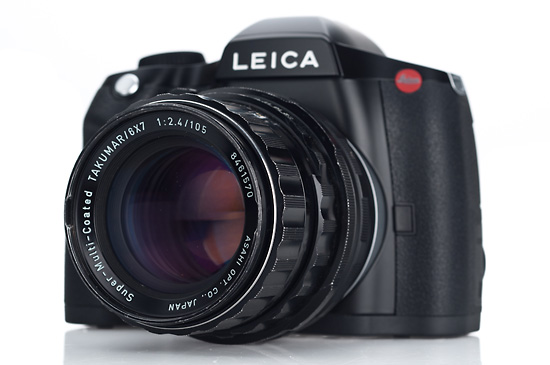 How does the Pentax 67 105mm f/2.4 stack up against Leica’s 120mm f/2.5 on the S2? Setting aside that the Leica is a macro lens and the Pentax is not, both offer a similar focal length and almost the same maximum aperture (within a 1/10th of a stop). Instead of breaking out the test charts, I decided to give the lenses a head-to-head test on the streets of Old Fort Lauderdale.
Almost any decent lens can perform well at f/8-f/11, so I was really curious to see how these two fast-aperture short teles would measure up when shot wide-open. I figure if you're going to go with a fast lens, you're going to want to use it to reap low-light advantages and/or use the shallow DOF for creative use.
How does the Pentax 67 105mm f/2.4 stack up against Leica’s 120mm f/2.5 on the S2? Setting aside that the Leica is a macro lens and the Pentax is not, both offer a similar focal length and almost the same maximum aperture (within a 1/10th of a stop). Instead of breaking out the test charts, I decided to give the lenses a head-to-head test on the streets of Old Fort Lauderdale.
Almost any decent lens can perform well at f/8-f/11, so I was really curious to see how these two fast-aperture short teles would measure up when shot wide-open. I figure if you're going to go with a fast lens, you're going to want to use it to reap low-light advantages and/or use the shallow DOF for creative use.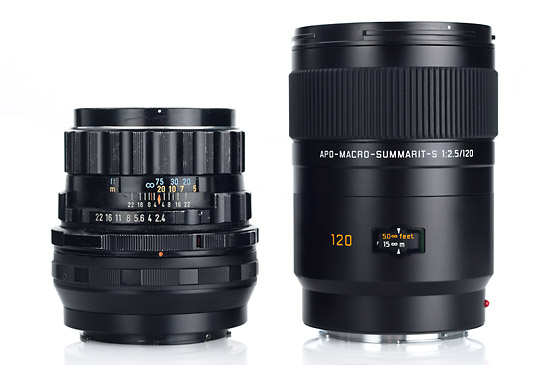
Pentax 105 (with P67 to S adapter) and Leica 120 side-by-side
Testing I didn't use a tripod or cable release when shooting these tests. I also didn't move closer to the subject with the 105mm to match the framing of the 120mm. My technique was simple: wander around looking for photos, take a shot, then without moving my feet, change lenses and shoot the same basic picture at the same aperture setting (letting the camera’s meter determine shutter speed) and try to select the same focal point. I used autofocus for the 120 and manual focus for 105. My goal wasn't to shoot under perfect, ideal conditions. Rather, I wanted to see how each would work in an actual shooting scenario. Now, these happened to be pretty easy conditions - good weather, plenty of sunlight, no deadline, no pressure. Just a nice Sunday stroll around Old Fort Lauderdale with non-moving subjects. On the processing side, all images were converted in Adobe Lightroom 3.4.1 using my standard S2 preset. For each pair of shots, the same white balance, tone curve and sharpness settings were used. The only difference was some minor exposure adjustment to better match the two shots to each other and eliminate minor metering differences. This first pair of flower shots is just to show the overall feel of the different lenses at close focus. The Pentax was right up against minimum focus distance, while the Leica, of course, still had more room to go being a macro lens. Both were shot from roughly the same distance, and the greater magnification of the 120 is pretty clear. Note the color difference as well. The same white balance was used for both shots, so the difference is in the lens. Below is another shot just to get a feel for image rendering and focus transitions. The Pentax has a pleasing bokeh, but the greater contrast and sharpness of the Leica makes the foreground snap more. I ran across what I am assuming is a replica Shelby Cobra parked in a small off-street lot and figured this could be a good opportunity to examine how these two lenses handled chrome, which is notorious for revealing chromatic aberration (CA). As you can see, the Leica performs up to its APO namesake with virtually no CA. The Pentax is obviously not corrected for CA and shows quite a lot, with shifts from red/purple to green. As much as I tried to eliminate the aberration in Lightroom, the CA was never completed eliminated.
Leica S2 with Pentax 105mm 1/4000th @ f/2.4, ISO 320 100% crop

Leica S2 with Pentax 105mm 1/3000th @ f/2.4, ISO 320 100% crop
In the interior of the car, the chrome-trimmed gauges and steering wheel are typically very prone to CA errors. Check out the 100% crop of the Leica shot for how chrome should look. Unfortunately, on this sequence, I didn't get the exact same shot for direct comparison, but the differences between the lenses are very obvious.
Leica S2 with Leica 120mm 1/3000th @ f/2.5, ISO 320 100% crop

Leica S2 with Pentax 105mm 1/750th @ f/2.4, ISO 320 100% crop
Across the street from the car was a wooden gate in open shade. The chain made for a nice, detailed target. Not only is the chain a bit soft in the resulting Pentax image, but in this diffuse lighting the overall contrast of the image is extremely low - whites are muted and darks are washed out.
Leica S2 with Leica 120mm 1/1500th @ f/2.5, ISO 320 100% crop

Leica S2 with Pentax 105mm 1/1500th @ f/2.4, ISO 320 100% crop
The color of the images produced by the Pentax 105 are much cooler than those of the Leica 120, losing some of the natural warm tones from some of the subjects and the feeling of afternoon light. You can see this on the following image of the palm tree trunk. On the plus side, the drawing of the lens is pleasing with very smooth bokeh and nice tonal transitions, although hard edges sometimes surround bright out of focus elements.
Leica S2 with Leica 120mm 1/1500th @ f/2.5, ISO 320 100% crop

Leica S2 with Pentax 105mm 1/500th @ f/2.4, ISO 320 100% crop
This next series of shots show relative performance at infinity. To level the playing field, I shot both at f/8. As an added bonus, you can see how the Leica 120 performed at infinity wide-open verses the Pentax 105 at f/8. It's really impressive. One the things to note is the moire on the building's air vents. The Pentax shows considerable moire while the Leica shows almost none, which can be attributed to the Leica's superior resolving power and color correction, as well as its slightly greater magnification.
Leica S2 with Leica 120mm 1/500th @ f/2.5, ISO 320 100% crop

Leica S2 with Pentax 105mm 1/500th @ f/8, ISO 320 100% crop
Moving closer for middle distances, this railroad track provided some excellent details as well as showing the difference in color rendering again. These were shot towards the end of the day and the Leica lens accurately shows the warm coloration of the light. Look at the bright wall behind the tracks on the left side of the frame.
Leica S2 with Leica 120mm 1/500th @ f/8, ISO 320 100% crop Just for grins: Leica 120mm @ f/2.5- 100% crop

Leica S2 with Pentax 105mm 1/2000th @ f/2.4, ISO 320 100% crop
In lieu of a brick wall, I went for the brightly colored wooden wall with a purple pipe. If you check out the crops of the pipe from the center of the image, the Pentax at f/5.6 still is not anywhere as sharp as the Leica is wide-open at f/2.5.
Leica S2 with Leica 120mm 1/3000th @ f/2.5, ISO 320 100% crop

Leica S2 with Pentax 105mm 1/2000th @ f/2.4, ISO 320 P105 @ f/2.4 - 100% crop P105 @ f/5.6 - 100% crop
The Verdict Admittedly, this wasn't a fair fight. It’s like comparing a birthday party pony past his prime versus a thoroughbred race horse on the same track. The differences become very obvious very quickly. As such, I think the results were predictable even before I shot a single frame. The Leica 120mm S is just a spectacular piece of optical engineering. No one has ever made an f/2.5 max aperture 120mm macro lens for medium format before, especially one that can resolve 40 lp/m at more than 80% contrast wide-open and performs as well at close range as it does at infinity. This is truly one of the best lenses Leica has ever produced. So, the deck was already stacked in the Leica lens' favor.
Leica S2 with Leica 120mm 1/1000th @ f/2.5, ISO 320 Leica 120mm @ f/2.5 - 100% crop Leica 120mm @ f/5.6 - 100% crop
The SMC Pentax 105 f/2.4 performed okay. For those wanting a fast portrait-length lens for the S2, it certainly does a decent job. At f/8 it is actually quite sharp. Wide-open, especially when compared to the Leica, the Pentax lens is pretty soft, with noticeably less sharpness and contrast. There is a good deal of CA which is not really correctable in software. Focusing on the S2 is easy and physically, the 105 is compact and light. One of the nice things about these older alternative lenses is that they are very inexpensive and have already been fully depreciated. If you buy a P67 105 for $500 and use it for six months while saving up for the 120 S, you can probably sell it for the same $500, essentially getting free use for that time and not tying up very much money. Alternative lenses like the P67 105 serve an important purpose (no, not showing how awesome the S lenses are). Not all S users will want or be able to justify having all the S lenses. A three lens kit like a 35, 70, 180 could be very well served by adding the P67 105 for the creative options it could add, and for the cost, it might be worth a try. I created a new discussion thread on the forum for comments and feedback: Testing the Pentax 105mm f/2.4 vs. the Leica 120mm f/2.5 APO View
Leica S2 with Pentax 105mm 1/4000th @ f/2.4, ISO 160 100% crop - center | 100% crop - edge
Gabriel,
I'm not so sure I agree. Yes, a good quality print from a 6×7 original should be very nice indeed. But, I've seen prints from the S System at 5 feet across that are just stunning with incredible amounts of detail. It would be an interesting experiment for sure.
-
David Farkas commented on the post, Leica M Monochrom (Typ 246) Review 8 years, 10 months ago
In reply to: David Farkas wrote a new post, Leica M Monochrom (Typ 246) Review Many in the photographic community have speculated that it was only a matter of time until Leica made a monochrome version of the M (Typ 240), more commonly known as the M240. The original M Monochrom, perhaps now […]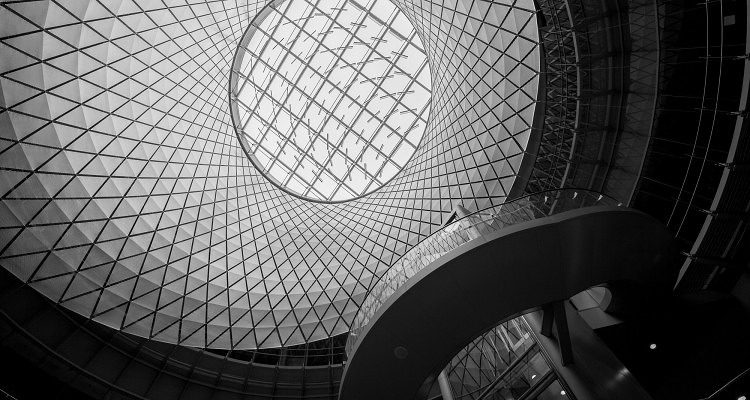 View
View
Joel,
Leica has a partnership with Adobe (since 2009), so the best results will usually be had using Adobe software for DNG image processing. Is there a reason you are looking for alternatives to Lightroom?
-
David Farkas wrote a new post, Firmware Ver 1.3.4.0 for Leica M10 Released 8 years, 10 months ago
Today, less than a month after release, Leica has issued a firmware update for the Leica M10.You can download the firmware here: Leica M10 Firmware 1.3.4.0.
These aren't fixes for anything egregious. Rather, […]
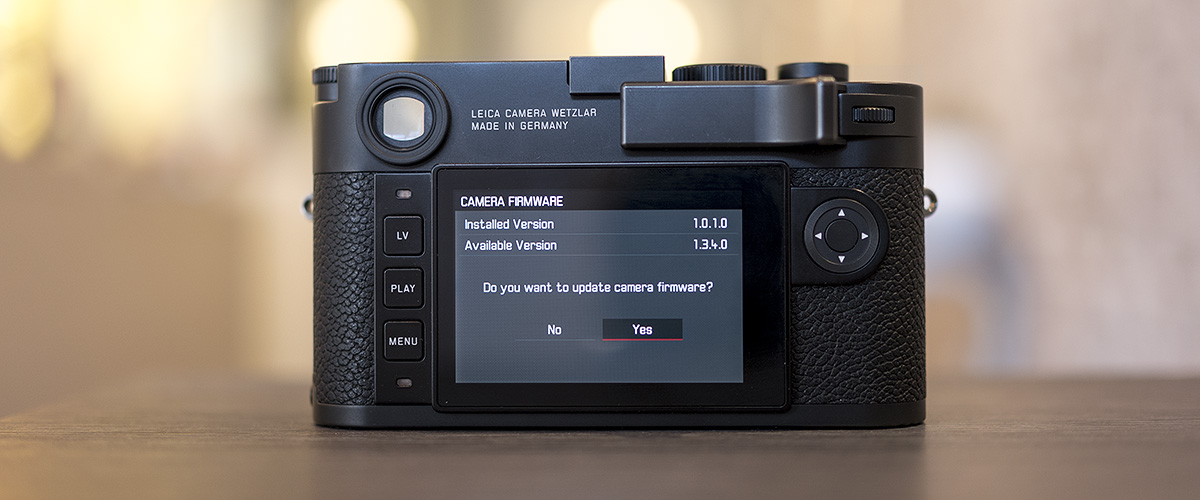
-
David Farkas wrote a new post, The Leica M10: A Discussion with Stefan Daniel and Jesko von Oeynhausen 8 years, 10 months ago
While I was in Germany for the Celebration of Photography Event a.k.a The M10 Launch, I had a chance to sit down for a chat with Jesko von Oeyhausen, product manager for the Leica M10, and Stefan Daniel, Global […]
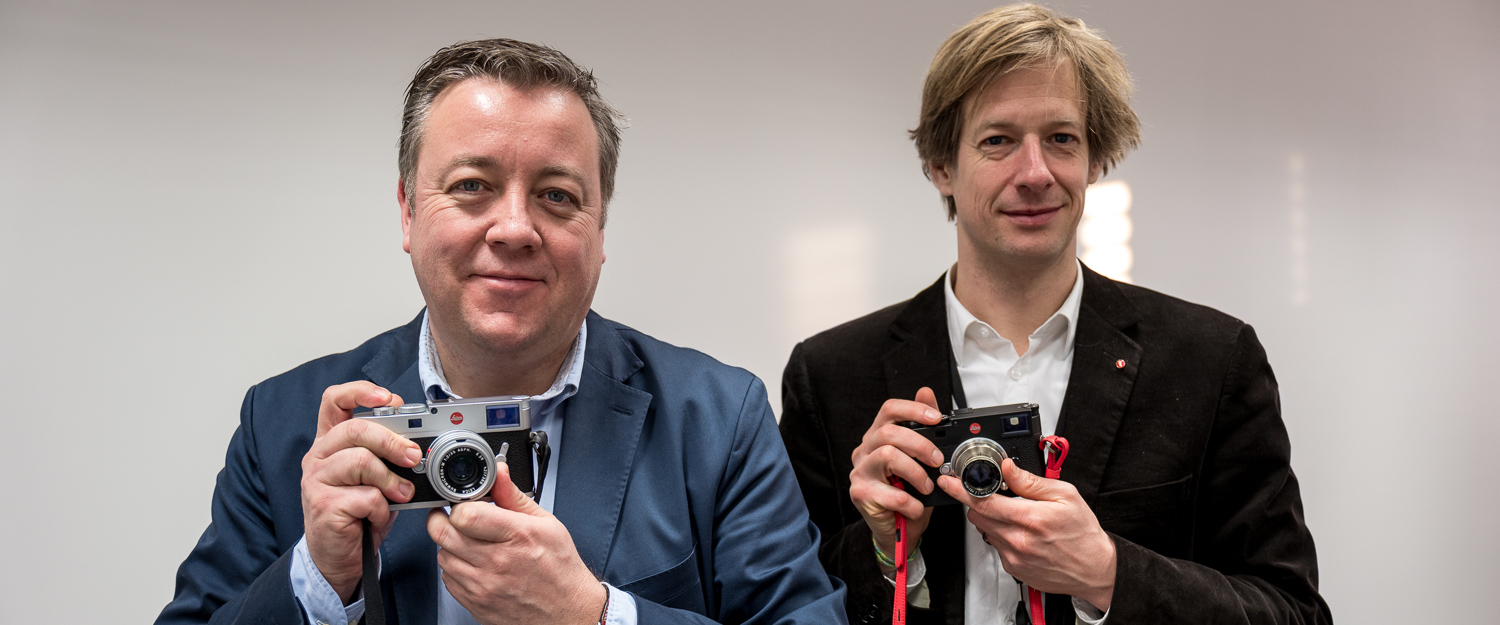
-
David,
An incredibly through interview.
You touched on some items that I had not gleaned from other reviews.
Glad you asked about the eventual mono.
Thank you. -
Very nice interview, with lots of information. I hope this answers many people's questions about EVF, touch screen, video etc. I'm glad that although they are listening to their customers, they are trying to keep the M close to the original philosophy as much as possible.
-
Fred,
For many M users, the M10 is the penultimate digital M, the one they've been waiting and dreaming of since the M8. Leica took user feedback into account when designing the M10. The top request was for a thinner body, with the same dimensions as a film M, and they delivered. Second most requested was an improvement in low light capability. The M10 shoots cleanly at ISO 10,000 with great color, where the M240 topped out at ISO 3200. For most users, lower noise, better color and increased dynamic range trump pure pixel count.
The M10 also has a significantly improved optical viewfinder, a direct ISO dial, reduction in UI clutter, improved LV functionality, faster processing speed and frame rate. All around, the M10 is a natural evolution from the M240. It has a slightly smaller battery, but also more power efficient processing. On the M240, I carried two extra batteries for a full day of heavy shooting. I do the same with the M10.
The omission of video wasn't due to heat. If this was the case, Live View would have been eliminated, as reading out for LV puts the same demands on the sensor and heat dissipation mechanisms. Video was taken out because the vast majority of M users didn't want it there. They complained vehemently of video ruining the pure M experience on the M240, and such an incredibly small percentage of M users ever used it. The concept of the M10 was to get back to basics, the essentials. Not marketing schpiel, but rather a company-wide mantra. Every product manager strives to this standard.
I'm not saying that some users didn't appreciate video, or tethering via the multifunction grip, but Leica responded to the 90%+ of users who flat-out rejected these features as un-M-like. For those who want to tether or shoot pro level 4K video, and have the option to use M lenses, Leica offers the exceptional SL. This is the idea. M10 for the purists. SL for those requiring a professional feature set.
I'd recommend checking out my full review on the M10 here. It's a fantastic camera to shoot with and the image quality is phenomenal. And, yes, I'm ok with 24MP, both on the M10 and SL. A 6um pixel size allows for stopping down to f/11 before hitting diffraction, and I have a stack of 24×36 inch prints that look incredible from nose-in-print distance. If the need arises, you can certainly print bigger and maintain gallery quality output, but again, most M shooters don't want or need to print this large. Will Leica ever increase the pixel count? Maybe, but only if there they can do so with no sacrifice in image quality, DR, low light ability or edge-to-edge performance.
Go out and shoot with the M10 and you'll see that the M is far from dead. Quite the contrary, actually.
-
-
David Farkas commented on the post, Shooting the “New” Leica 28mm Summaron-M in Little Havana 8 years, 11 months ago
In reply to: Luis Mora wrote a new post, Shooting the "New" Leica 28mm Summaron-M in Little Havana Ever since Leica announced that they were reissuing the 28mm Summaron-M, I could’t wait to get my hands on one. I love classic Leica glass. The feel of the images. The vintage styling on the front of my M. The c […] https://youtu.be/ryBtnQZfUvs ViewScott,
There is an audio adapter for the SL to accept 3.5mm miniphone input and also provides a 3.5mm headphone jack for monitoring.
For capturing video, I use a Video Devices PIX-E5H 5″ recording monitor which takes the clean feed off the sensor over HDMI. This allows me to record at 10-bit 422 rather than 8-bit 420 to the SD card. There are…[Read more]
-
David Farkas wrote a new post, A Celebration of Photography: The Leica M10 Launch Event in Wetzlar, Germany 8 years, 11 months ago
Back in December I received an interesting invitation from Leica. My presence was requested at Leica’s corporate headquarters in Wetzlar, Germany to attend a Celebration of Photography, honoring legendary p […]

-
David Farkas wrote a new post, Live Coverage from the Leica “A Celebration of Photography” Event in Wetzlar 8 years, 11 months ago
Keep it tuned to Red Dot Forum for full event coverage from Leica's headquarters at Leitz Park in Wetzlar, Germany. I arrived earlier today and am excited to attend tomorrow night's “A Celebration of Photography” […]

-
David Farkas commented on the post, Shooting the “New” Leica 28mm Summaron-M in Little Havana 8 years, 11 months ago
In reply to: Luis Mora wrote a new post, Shooting the "New" Leica 28mm Summaron-M in Little Havana Ever since Leica announced that they were reissuing the 28mm Summaron-M, I could’t wait to get my hands on one. I love classic Leica glass. The feel of the images. The vintage styling on the front of my M. The c […] https://youtu.be/ryBtnQZfUvs ViewBernard,
Yes, this is planned for the future for sure. There is a lot of uncertainty surrounding best practices for video. So many variables.
I will certainly inquire about the ACES workflow, and work to educate myself more on this evolving standard.
Thanks for the feedback.
-
David Farkas commented on the post, Shooting the “New” Leica 28mm Summaron-M in Little Havana 8 years, 11 months ago
In reply to: Luis Mora wrote a new post, Shooting the "New" Leica 28mm Summaron-M in Little Havana Ever since Leica announced that they were reissuing the 28mm Summaron-M, I could’t wait to get my hands on one. I love classic Leica glass. The feel of the images. The vintage styling on the front of my M. The c […] https://youtu.be/ryBtnQZfUvs ViewJack,
Thanks! I shot and edited the video.
-
David Farkas commented on the post, Shooting the “New” Leica 28mm Summaron-M in Little Havana 8 years, 11 months ago
In reply to: Luis Mora wrote a new post, Shooting the "New" Leica 28mm Summaron-M in Little Havana Ever since Leica announced that they were reissuing the 28mm Summaron-M, I could’t wait to get my hands on one. I love classic Leica glass. The feel of the images. The vintage styling on the front of my M. The c […] https://youtu.be/ryBtnQZfUvs ViewThanks! The video was all recorded with the SL. Most of the footage was shot with the 35mm Summilux-TL, the beginning tracking shots were with the 23mm Summicron-TL, and the close-up beauty shots were with the 24-90 SL.
- Load More

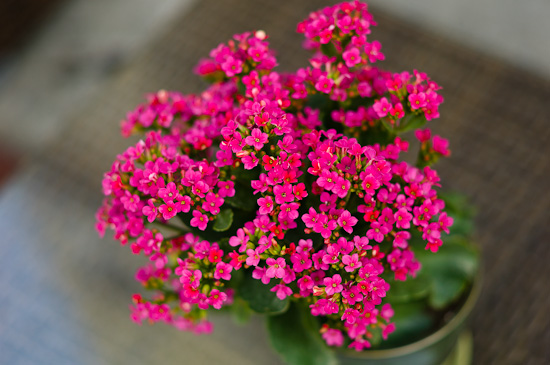
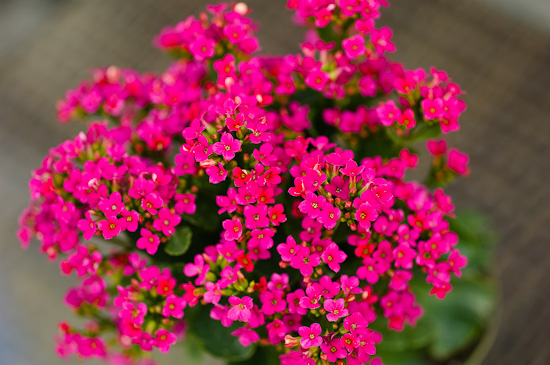
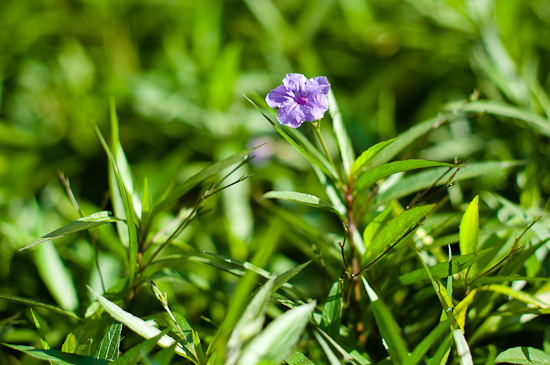
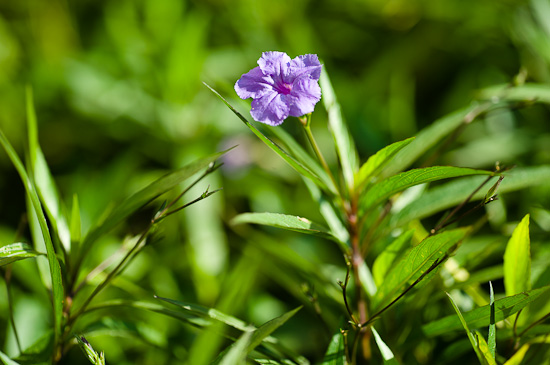
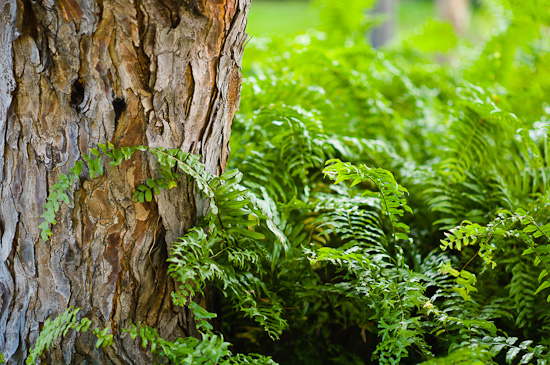
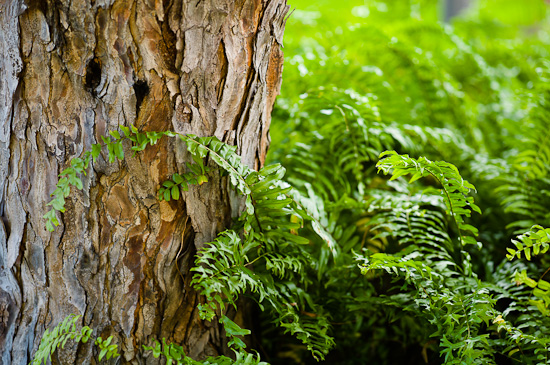
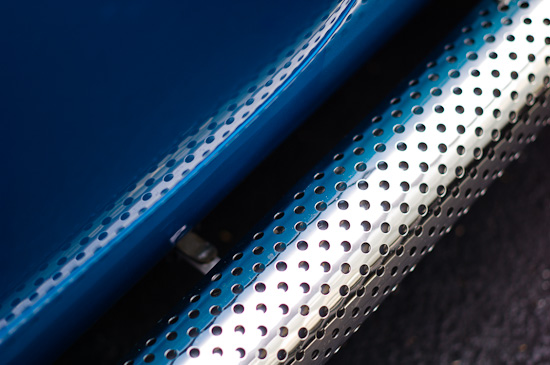
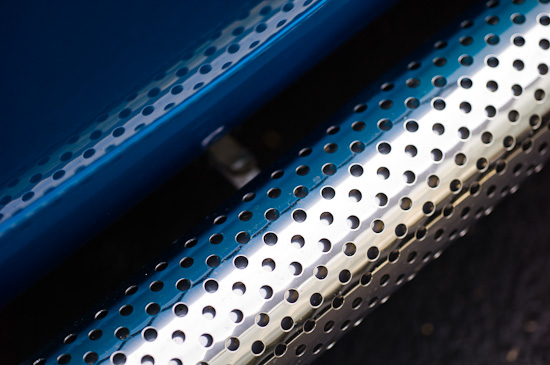
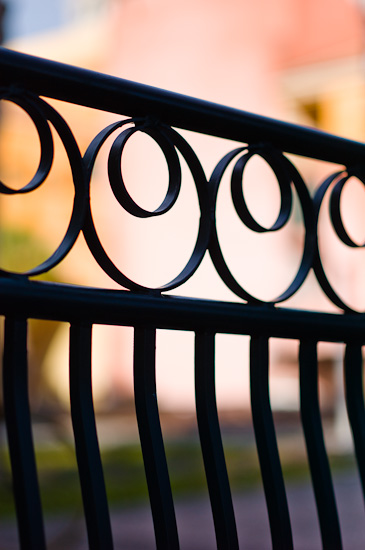
Jeff, thanks for catching that! Fixed.
Thanks David, great review. Really nice to see the dynamic range and ability to pull out shadows when needed. Also nice to see the 10,000 iso shots come out with great color and so smooth. – David Knoble
Great review David,
I'm in a bind right now maybe you can make a recommendation.
I am all in with Leica having the M262, SL and a S006.
I was thinking about upgrading my S006 to the S007, yet with everything I have read as of recent it seems that Leica is abandoning the S system, with the issues with the S lenses AF motor issues and now with the X1D and Fuji GFX.
I love my SL and would love to upgrade to the M10 also. My delima is what to do with my S006, I love the S but was wondering if it's time to trade in my S system for a M10
I realize they are totally different systems, yet for the days I don't want to shoot my SL and want to shoot a RF I like the idea of the M10 with it's new sensor, better color and DR.
Thanks
Steven,
Leica is absolutely not abandoning the S System. Please see my interview with the head of Professional Photo, Stephan Schulz from Photokina this past fall. We talk about this very topic. The S007 is still top dog in the Leica line-up with regards to image quality (15+ stops of DR, amazing color, great glass, larger sensor, etc). The S lens motor issues have been resolved with new assemblies, which are making their way into repairs and new lenses alike. And just because they aren't rolling out new lenses isn't because the system is dead. Rather, the system has reached maturity.
The SL is also a fantastic camera, one that bridges the M and S, with lens compatibility for both, along with stunning native SL glass (and more on the way this year). It offers all the latest tech, has speed to spare and offers incredible versatility.
And yes, the M10 is without a doubt, the best M to date. So, there are some tough choices here. Add in the Q and it becomes tough to say which is best for each user. Right now, Leica seems to be firing on all cylinders. Every product line is really, really good. I suppose this isn't a bad problem to have.
Hi There David
I really enjoyed that – great writeup and pictures. I also really enjoyed your interview with Jesko and Stefan. . . and of course meeting up again at Wetzlar. Hopefully we'll meet up again before too long.
With all best wishes
Jono Slack
incisive and comprehensive….
great job as usual!
Albert
Thanks, Danny. The optical viewfinder in the M10 is the best Leica's ever put into an M camera. You are more than welcome to use the viewfinder.
The advantages of the EVF are more precise framing (WYSIWYG), accurate exposure preview and the ability to zoom to 100% to aid in manual focus. Additionally, the Visoflex 020 for the M10 also confers GPS functionality for geotagging your photos. The great thing about the M10 is you can use a combination of both, which is exactly what I did when testing.
Yep, I had the camera set to Auto WB the whole time.
The M10's auto white balance algorithm is excellent, even under mixed and challenging lighting.
I'd have to check to see if additional lenses were added. My main point for improved 6-bit coding was to say that if you had a manual code selected for a non-6-bit coded lens then changed to a modern 6-bit lens, the camera will automatically assign the correct profile even though you might have forgotten to change from Manual to Auto.
Sorry. The oldest 50 Cron in the manual selection menu is a version III, model 11817, introduced in 1969. Honestly, I don't think the lens corrections would be much different between this and a version II.
Excellent review David, all pertinent and to the point !!! Much appreciated.
Have been able to shoot the M-10 enough to agree with all the information written, it is one sweet camera, hope to be getting a spare once there are readily available !!! Thanks
al
Nice job as usual , glad you included lots of low light shots which most reviews never carry
Best review I've read on this camera, I have a follow up question, the saturation of the colours is amazing, did you use any filters or do any post work?
Thanks!
No filters were used on the lenses. I added +14 vibrance and +5 saturation as part of my M10 preset when importing into Lightroom, so not an awful lot.
Perfect! That's very much appreciated!
As a related question, did you or do you use UV filters on the lenses or do they take away from the sharpness of the lens?
Thanks!
Zee
I don't use UV filters on my lenses, but I do know many photographers who do. They offer protection, but I find that filters can be harder to clean than the lens itself. If you shoot with scratched or dirty filters, the image quality can degrade. If you use a good quality multi-coated B+W or Leica fitler and keep it clean, it shouldn't impact image quality in any meaningful way. For landscape shooting, I do use polarizers, ND and GND filters, often stacked, and image quality is fine.
I used the 35 Cron ASPH for many years before moving to the 35 Lux FLE. Both are wonderful lenses. The Cron has a little more pop, with higher contrast and more saturated colors. The bokeh is pleasing and natural. The only shortcoming of the 35 Cron ASPH is that is prone to flare under the right conditions.
The 35 Lux FLE is stunning. I love the way the lens handles direct light. It is incredibly sharp wide open, with lovely bokeh. The lower contrast of the lens lends itself to higher contrast lighting situations. The Lux has no drawbacks that I have found. It is my desert island lens and the one that I most often shoot with when I want to just have one camera, one lens on my shoulder.
So while the 35 Cron is a great lens, the 35 Lux is just that much better. If you can swing it, I'd go for the Lux.
Hi David
Reads like an end-game version of the digital M has arrived — almost!
I would really like an M with just one frameline per lens. Is there some reason why Leica do not do this and do you think they ever will?
Thanks
Robert
Thanks for the feedback.
Tips for getting colors like these: use a Leica 😉 All kidding aside, Leica doesn't get the credit they deserve for the color science in their digital cameras. Doesn't look fake, flat or overdone. The resulting look is like real life, but the better version.
The M10 has a usable ISO 10,000. The M9 tops out around 1,000. So, about a 3.5 stop advantage.
The Visoflex is also very useful with anything shorter than a 28 mm and anything longer than 50 mm. Also nice to use with extra-wide-aperture lenses (f2 and below) to check precise focusing.